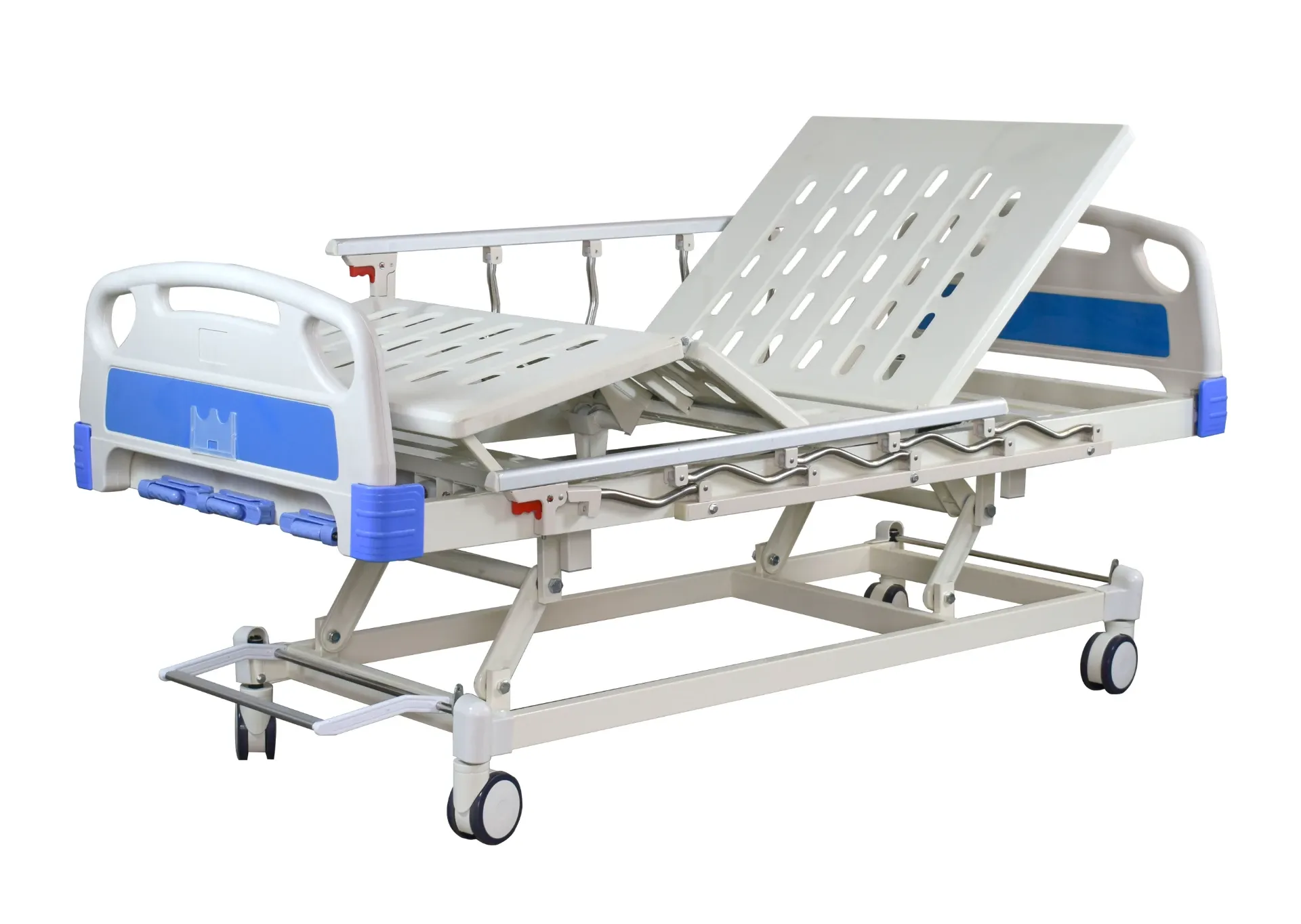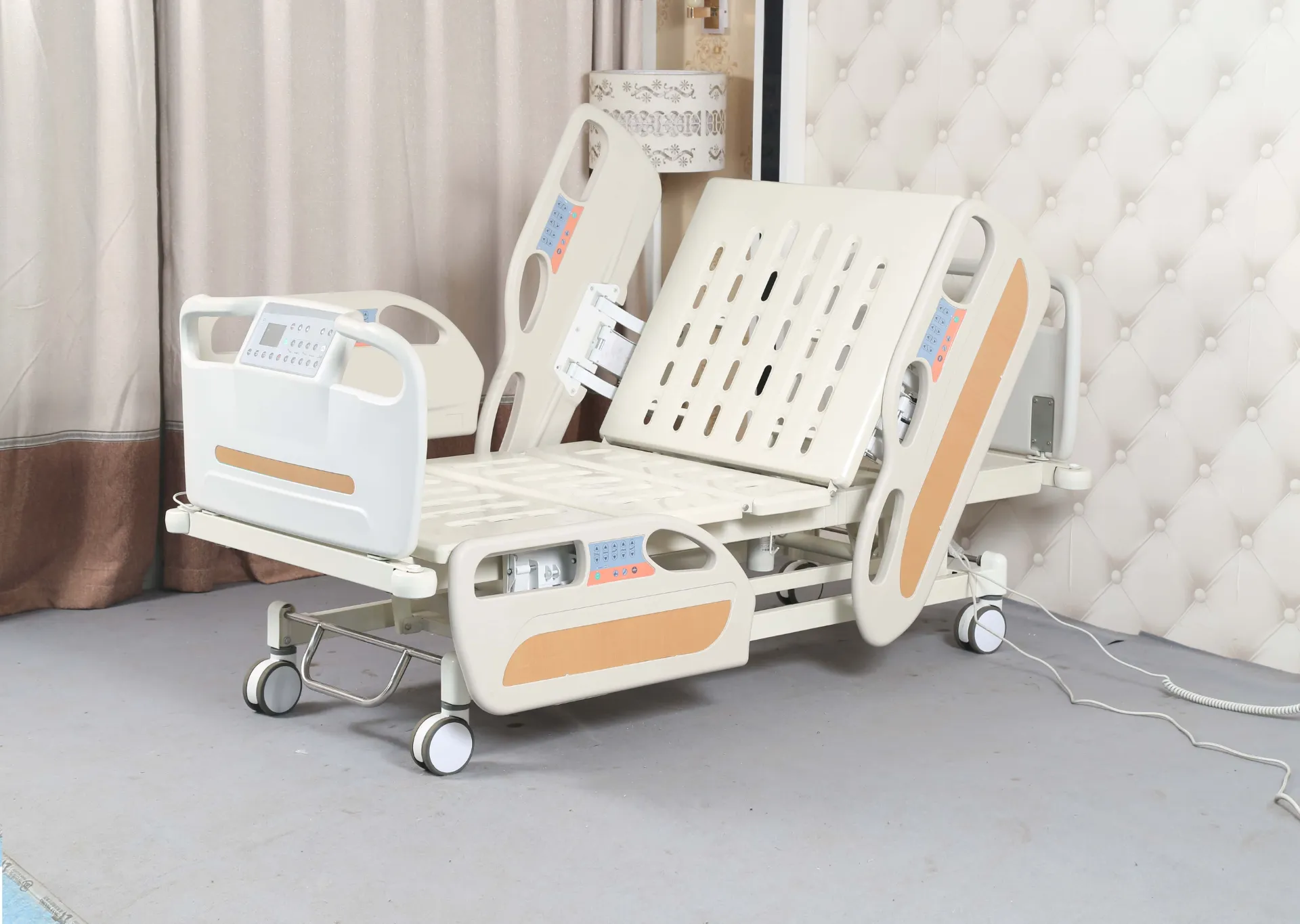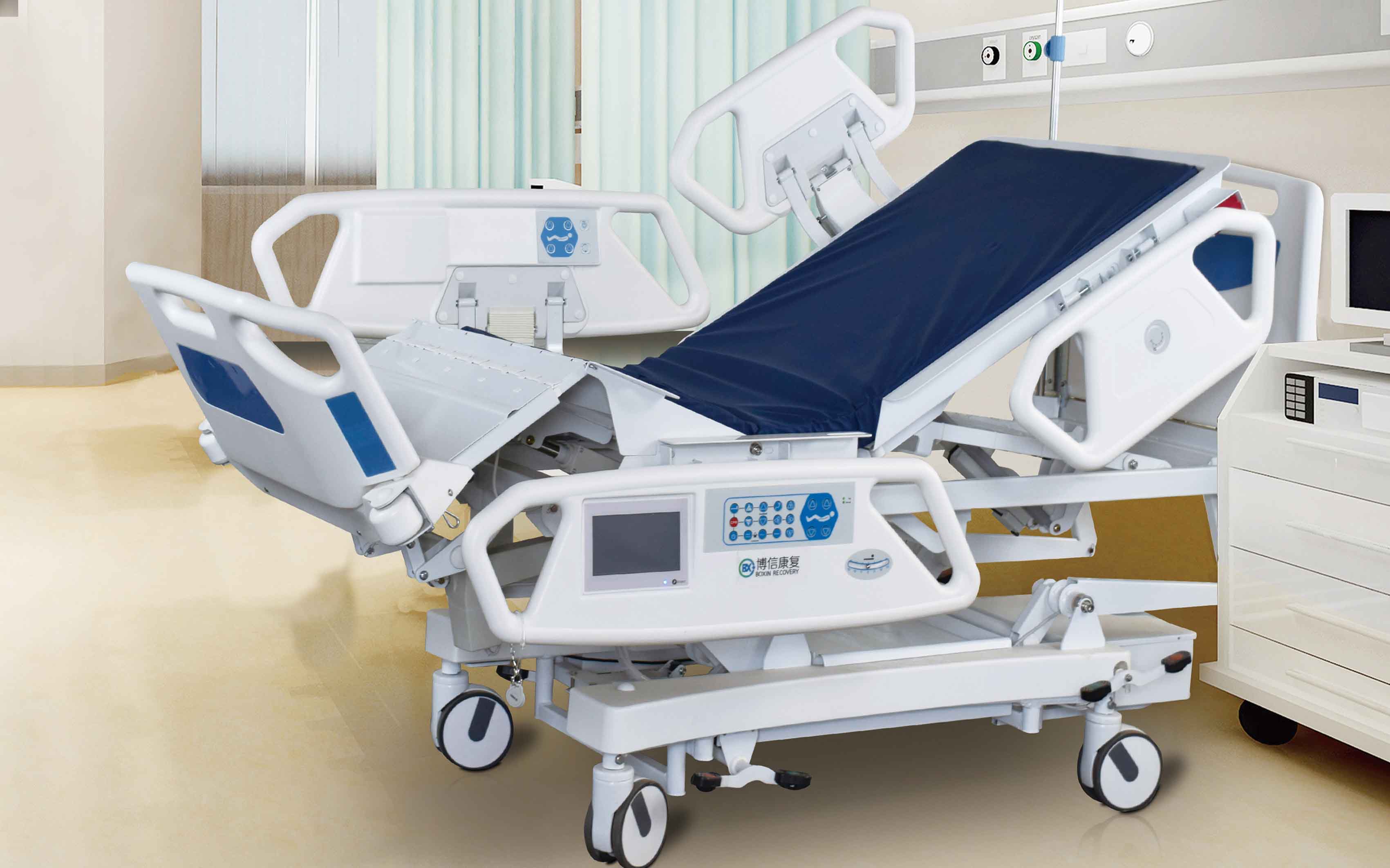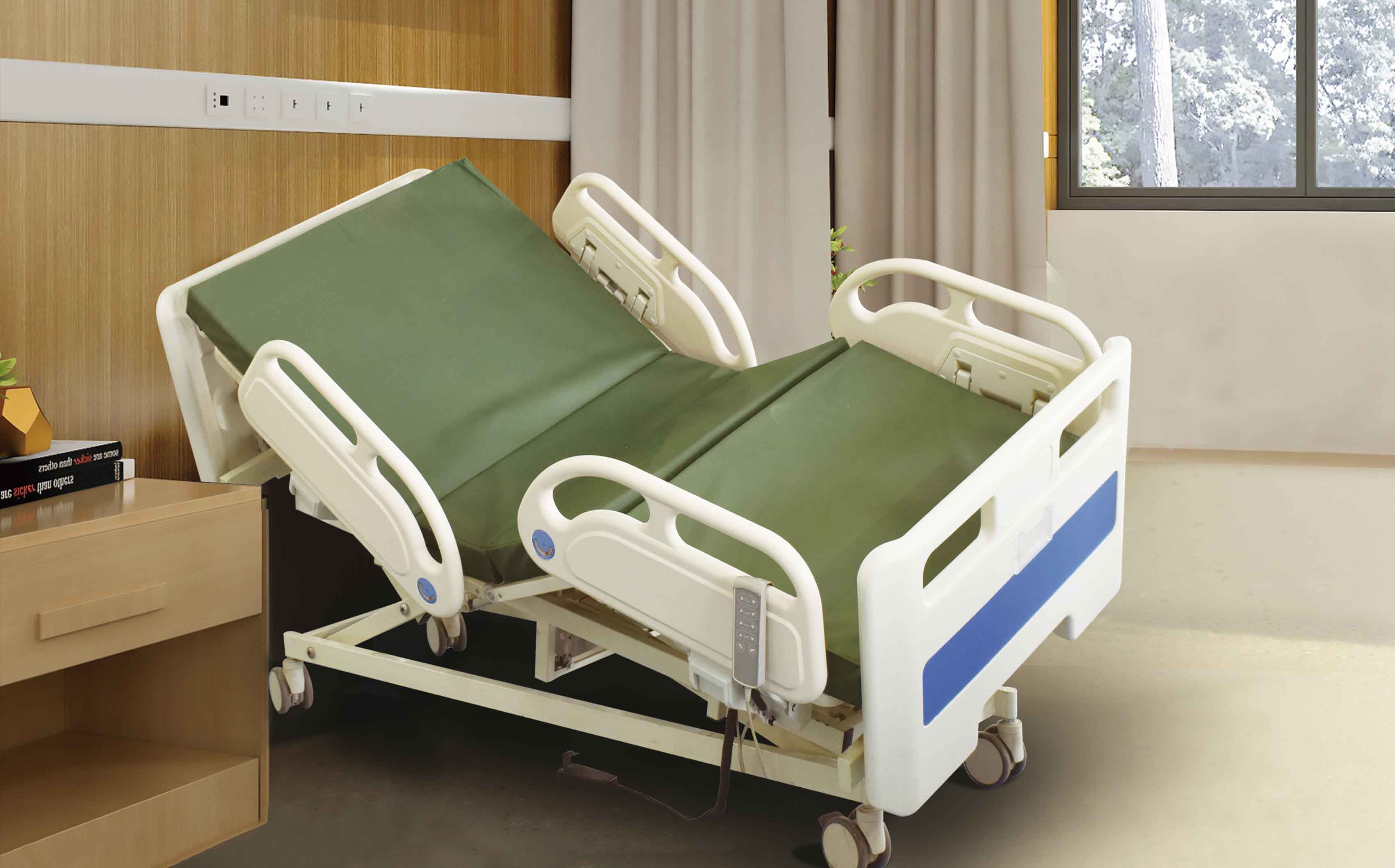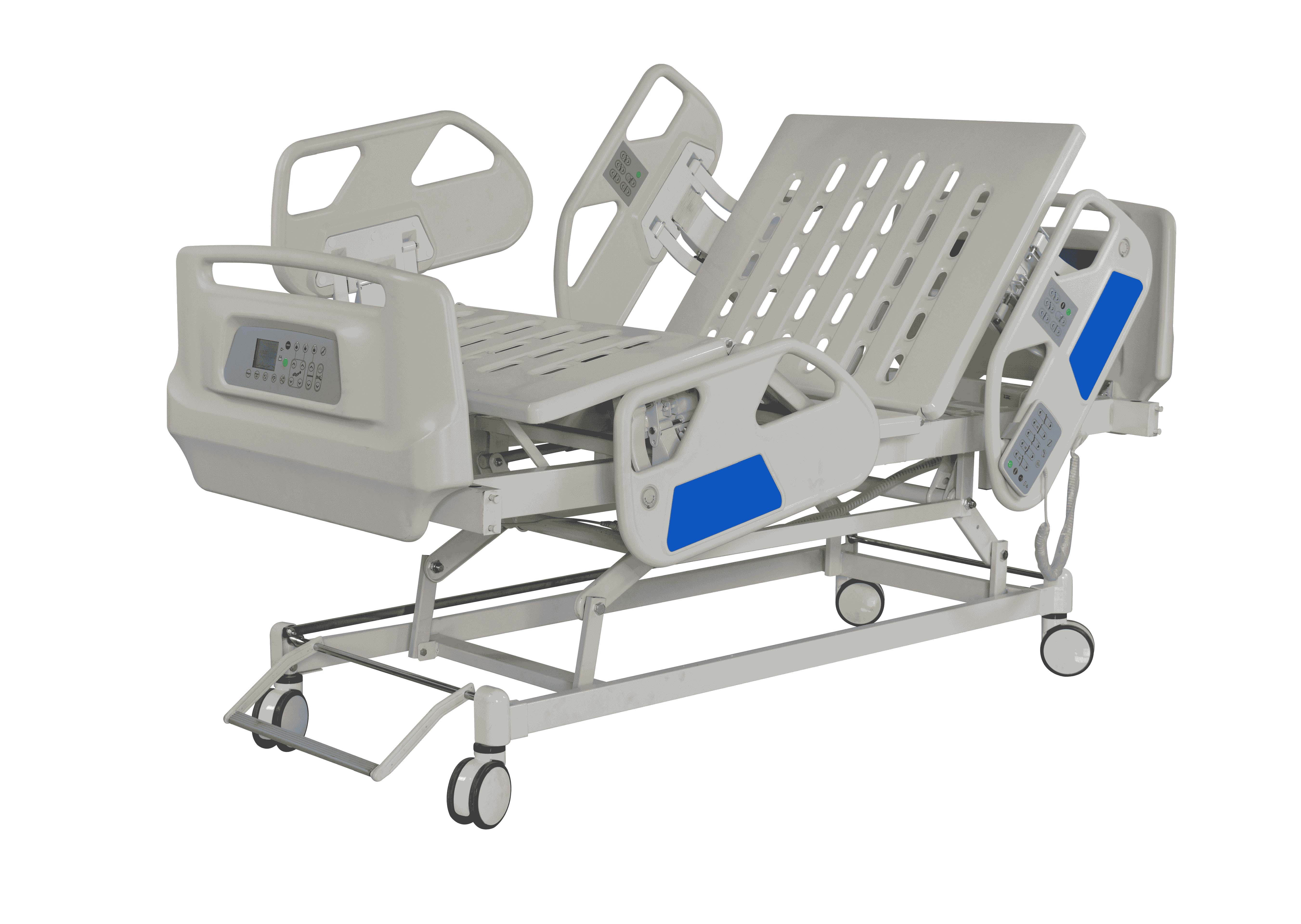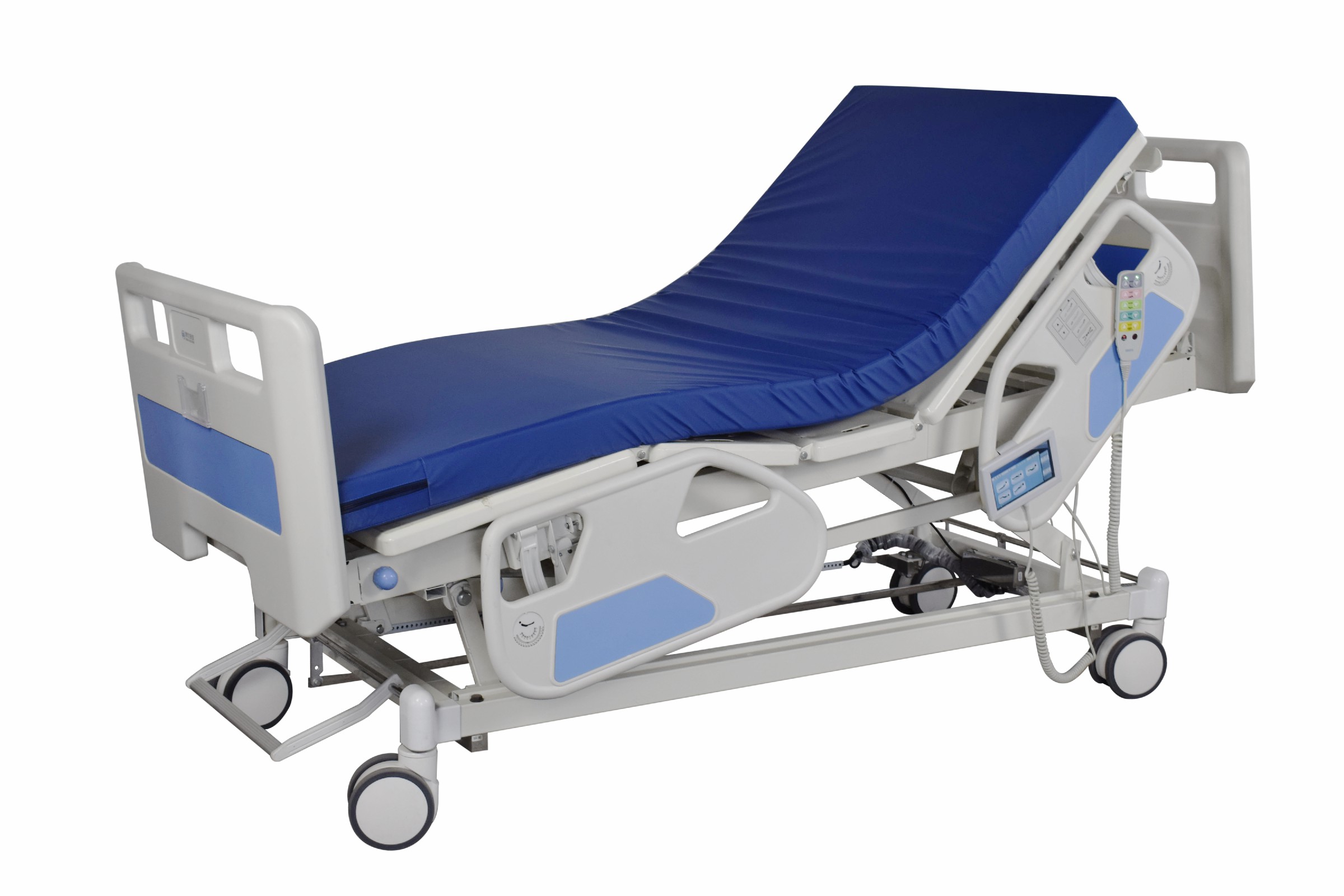Welcome to our websites!
What Size is a Hospital Bed?
What Size is a Hospital Bed?
The dimensions of a hospital bed play a critical role in ensuring patient comfort, safety, and proper medical care. From standard to specialized beds, understanding their sizes is imperative for healthcare professionals and patients. Let's delve into the various dimensions of hospital beds, shedding light on their significance and variations.
Understanding Hospital Bed Sizes
Standard Hospital Bed Size (Twin Size)
The most common hospital bed size is a twin-sized bed, measuring approximately 38 inches in width and 80 inches in length. This size provides ample space for patients while maintaining maneuverability, whether it be in hospital rooms or at home.
Due to the standard size, buying comfortable and stylish bedsheets is a breeze. No need to swap your favorite cotton sheets; simply transfer them to the new bed, or buy a new set!
Bariatric Hospital Bed Size
For patients with specific medical needs, bariatric hospital beds offer wider dimensions to accommodate individuals with larger body frames. These beds typically range from 42 to 48 inches wide, providing enhanced comfort and support.
Some beds also have adjustable widths so you can adjust the size to your patient's needs. You can find adjustable beds here: Ultra Wide Adjustable Electric Hospital Bed or Adjustable Bariatric Hospital Bed.
Pediatric Hospital Bed Size
Tailored for pediatric patients, pediatric hospital beds feature smaller dimensions to suit the unique requirements of children. These beds are typically narrower and shorter than standard hospital beds, ensuring a snug fit for young patients.
Specialized Hospital Bed Sizes
In addition to standard and bariatric sizes, hospitals and homecare facilities may utilize specialized beds designed for specific medical conditions or procedures. These beds vary in dimensions based on their intended use, ranging from narrower beds for intensive care units to longer beds for orthopedic surgeries.
The hospital bed medical cot bed 3 crank hospital bed for patient
Factors Influencing Hospital Bed Size
Patient Comfort and Safety
The size of a hospital bed directly impacts patient comfort and safety during their recovery. Beds that are too narrow or short may cause discomfort and increase the risk of falls or pressure ulcers. Therefore, selecting the appropriate bed size is crucial for promoting positive patient outcomes.
Room Configuration
Rooms come in various sizes and configurations, influencing the choice of bed size. Smaller rooms may necessitate the use of narrower beds to optimize space utilization, whereas larger rooms can accommodate standard or bariatric beds comfortably.
Medical Requirements
Certain medical conditions or procedures may require specialized bed sizes to facilitate treatment and recovery. For instance, patients undergoing spinal surgery may benefit from longer beds to accommodate traction devices or specialized mattresses.
Choosing the Right Hospital Bed Size
When selecting a hospital bed size, healthcare providers always consider the individual needs of patients, along with clinical requirements, and room constraints. Collaborating with multidisciplinary teams ensures that the chosen bed size aligns with the patient's medical needs and promotes a comfortable and smooth recovery.
Conclusion
In the world of healthcare, the size of a hospital bed plays a crucial part in patient care and comfort. From standard to specialized sizes, each bed is tailored to meet the diverse needs of patients across various medical settings. By understanding the dimensions and factors influencing bed size selection, healthcare professionals can enhance the quality of care provided to patients.
FAQs (Frequently Asked Questions)
- Can hospital beds be customized to fit specific dimensions? Yes, some hospital beds offer customization options to accommodate unique patient needs or room configurations.
- Are there weight limits associated with different hospital bed sizes? Yes, bariatric hospital beds are designed to support higher weight capacities than standard beds, ensuring patient safety and comfort.
- Are pediatric hospital beds suitable for adult patients of smaller stature? While pediatric beds may offer a snug fit for smaller adults, it's essential to consider factors such as weight capacity and comfort for optimal patient care.
- Do hospital bed sizes vary across different regions or healthcare facilities? Yes, bed sizes may vary based on regional preferences, healthcare facility standards, and available resources.
- Can patients request a specific bed size during their hospital stay? Patients can discuss their preferences with healthcare providers, who will assess their needs and accommodate requests whenever possible.
-
Transforming Healthcare with Hospital FurnitureNewsJun.24,2025
-
Rehabilitation EquipmentNewsJun.24,2025
-
Mobility and Independence with WheelchairsNewsJun.24,2025
-
Freedom of Mobility with Our Rollator WalkersNewsJun.24,2025
-
Comfort and Independence with Commode ChairsNewsJun.24,2025
-
Bathing Safety and Independence with Shower ChairsNewsJun.24,2025
-
Navigating the Wholesale Landscape of Electric Mobility Solutions: Key Considerations for Power Wheelchair DealersNewsJun.10,2025


